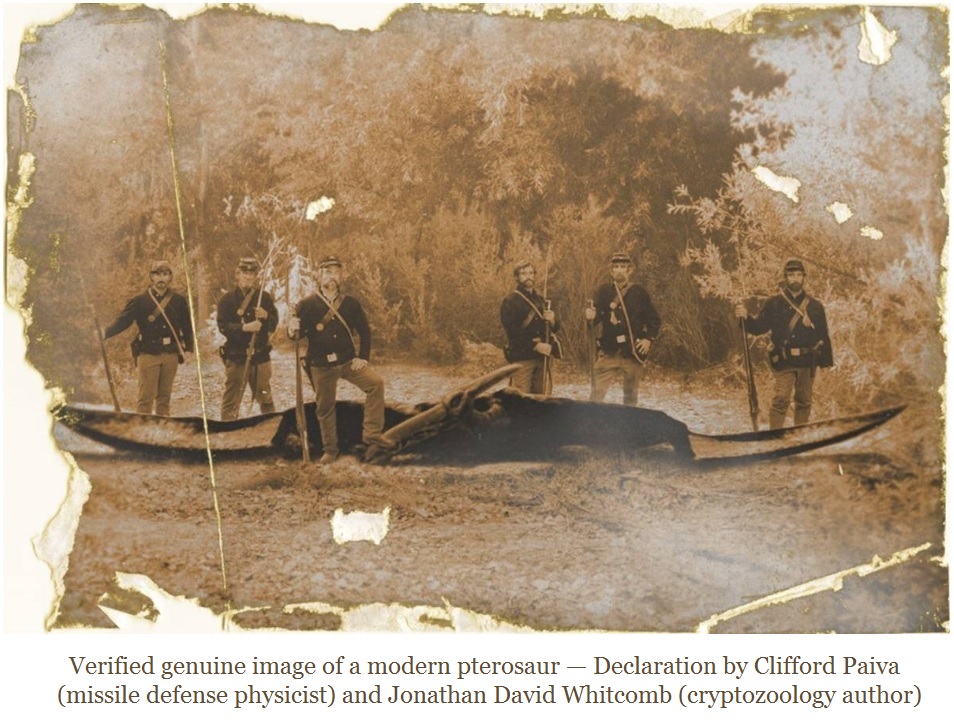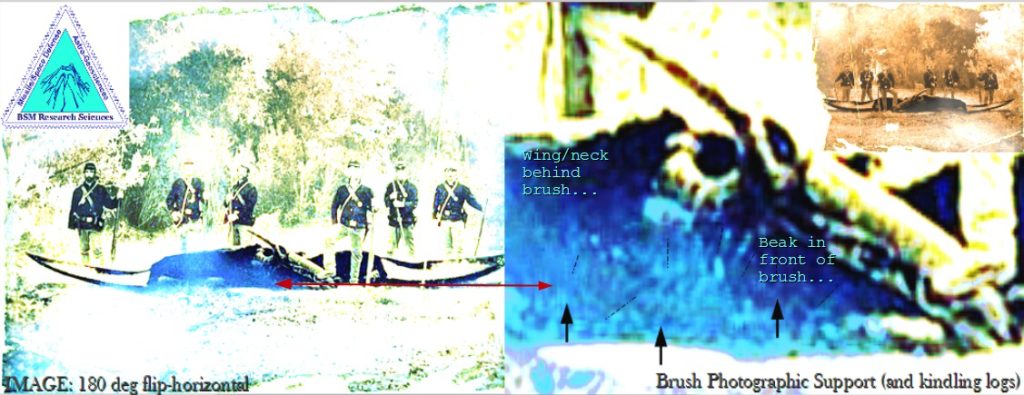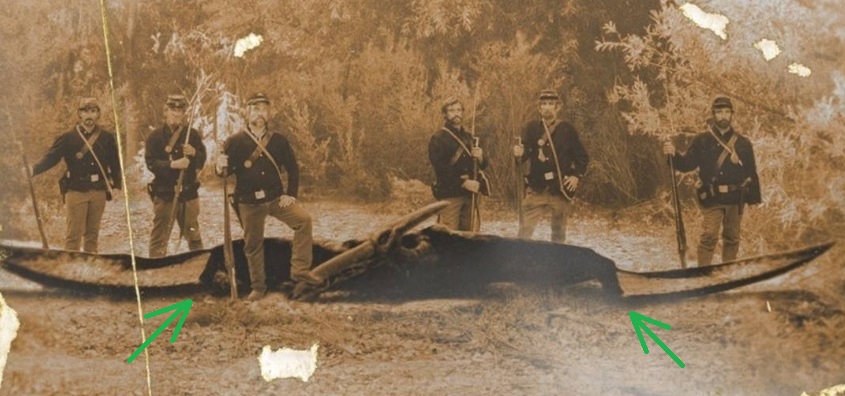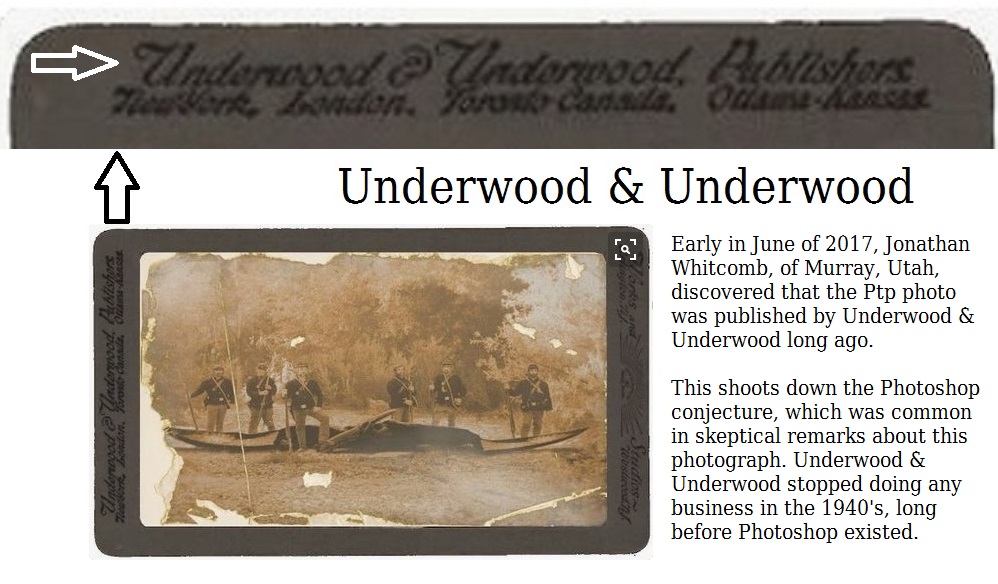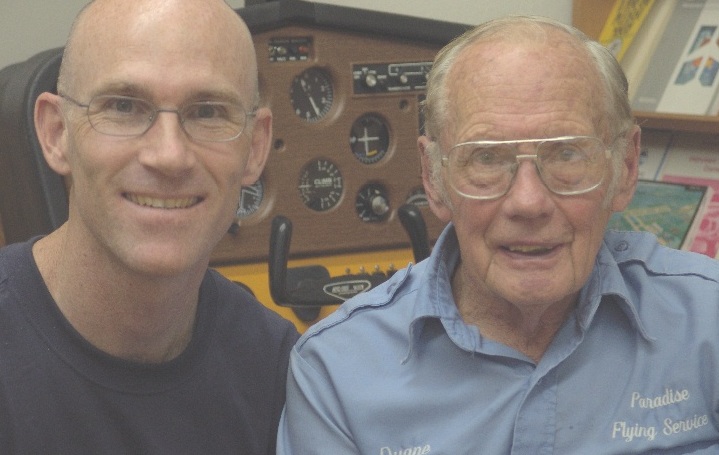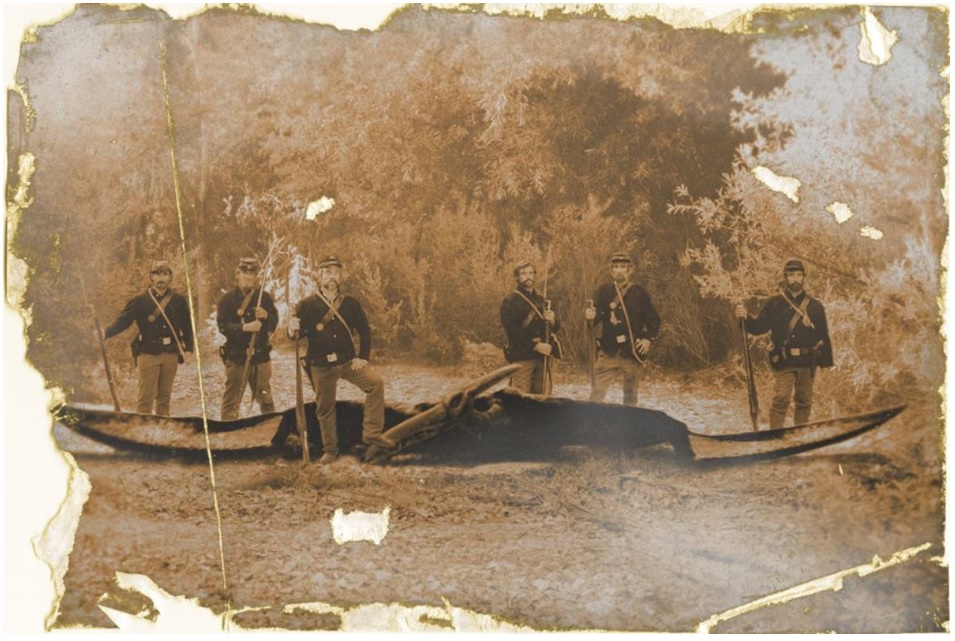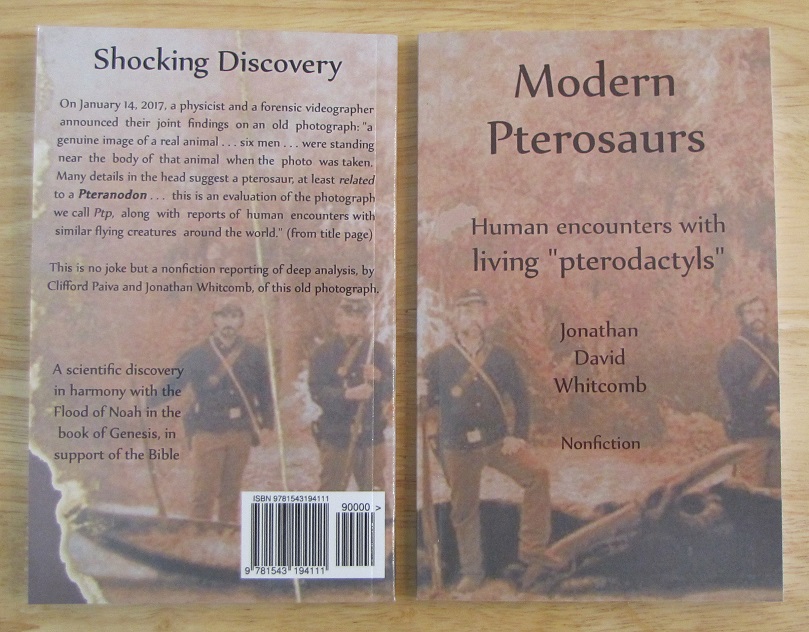By modern-pterosaur author and researcher Jonathan Whitcomb
.
Brief Introduction to Glen Kuban’s “Living Pterosaurs (‘Pterodactyls’)”
Mr. Kuban has written “Living Pterosaurs,” apparently, as a general attempt to refute anything that he finds that supports the possibility that a species of pterosaur is alive. Many of his paragraphs have little if any relationship to declarations in my own publications, which have been in an opposite direction: I emphasize evidences, or at least potential evidences, that some pterosaurs are still living. Yet many of his paragraphs are in response to my writings.
As best as I can calculate, his huge web page contains about 45,314 words (if we use 5.1 characters as an average size word) and close to a hundred images in the *September 26, 2017 version. Take it in context: Many blog posts and web pages contain less than 300 words, meaning his page is probably over a hundred times as long, in text size, as the average web page.
My name (“Whitcomb”—misspelled only once) is mentioned 425 times, yes four hundred twenty-five times, and I don’t recall many complementary comments about my work in cryptozoology. I suggest you’d be hard pressed to find any other web page that mentions one surname that many times, unless it’s a directory of names. The point is this: I feel it appropriate to respond to an extreme critic who mentions my name hundreds of times on his web page.
It seems that Kuban began publishing “Living Pterosaurs” online in 2004, with extensive additions beginning early in 2017. I’m not criticizing him for the quantity of his words; I’ve written far more than that, with more than a thousand blog posts and web pages that I’ve published since late 2003, and the average one may be more than 250 words. I am concerned with quality, however, and I suggest his “Living Pterosaurs” has many serious problems.
I now respond to a small portion of what Glen Kuban has written about the Ptp “Civil War” photo. His enormous online publication “Living Pterosaurs” has many paragraphs devoted to discrediting Ptp as evidence for a pterosaur living in the 19th century. Let’s now concentrate on two aspects of Ptp.
.
“Civil War” Photograph of Something Like a Pteranodon
When I refer to the Ptp photo, I sometimes use the word “Pteranodon.” I don’t mean to imply that the animal appearing in that photo is very similar in details to what is known from Pteranodon fossils. Like others who have seen this photo, I use “Pteranodon” in the general sense: It gives one the impression of that type of pterosaur.
The above photograph is now called “Ptp”
Even Kuban, in the *most-recent version of “Living Pterosaurs,” says, “. . . a giant Pteranodon-like pterosaur carcass . . .” and he uses that word at least 20 times in that area of his online publication. Then he lists many reasons why that apparent animal differs from a real Pteranodon. It seems to me, and probably many other readers, that he does that as if it discredits the reality of the animal in the photo.
He seems to miss an extremely important point: I do not declare that the animal in Ptp is a species very similar in details to what is known from Pteranodon fossils. Why should any extant pterosaur living in the 19th century be precisely, in many details of anatomy, like what is found, up to the present day, in fossils?
Yet Kuban devotes many long paragraphs to differences between the animal shown in Ptp and what is, apparently, known about fossils of Pteranodons. Other skeptics have made that same mistake, assuming that pointing out differences between the creature in the Ptp photograph and detailed anatomy in Pteranodon fossils proves the animal in the photo is a fake. I find that kind of thinking completely illogical. Remember that people who refer to the “Pteranodon photo” are using that word because the apparent pterosaur gives them the impression that it’s like a Pteranodon.
In other words, many of the long declarations in that part of “Living Pterosaurs” may be completely irrelevant, for neither Glen Kuban nor I declare or believe that an animal now living must resemble, in many details of anatomy, any related animal known from fossils. I’ve seen other problems in Kuban’s treatment of the “Civil War” photograph; Let’s look at one of them.
.
Digital Replication of One Wing to Make the Other?
Kuban says that Bruce Baryla (apparently an expert on old stamps) “concluded that a [sic] least one wing was produced by digital replication and distortion of the other wing. On the surface, for those who are only looking for an excuse to dismiss the whole photo as a fraud, this suggests the animal is not real, that no such animal was actually photographed. This deserves a closer look and an introduction to the work that had previously been done in examining Ptp before Kuban and Baryla were aware of such details in the photo.
Clifford Paiva, a missile defense physicist living in central California, had been aware of Ptp for years and had examined certain details that suggested the animal was real and was actually photographed. I had known about the photo for many years, but only in January of 2017 did I come to be convinced that it is very likely a valid photo with a genuine modern pterosaur. In that month, Paiva and I talked by phone and agreed on that high level of plausibility.
Please note the position on which Clifford Paiva and I stand on September 29, 2017. We do not insist that the animal shown in Ptp must be an image of a modern pterosaur; we do not hold a 100% conviction of that. Yet we feel that the plausibility is so great that we need to continue to proclaim that Ptp very likely has a genuine image of a real pterosaur that was living not very long before it was photographed.
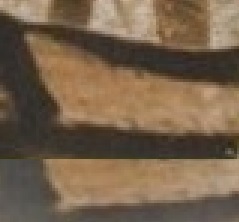
One wing can be digitally inverted horizontally for comparisons
The white areas of the two wings, show similar small structures when one wing is inverted for comparison. That is hardly news to Paiva and me. In the first edition of my book Modern Pterosaurs, I pointed out the similarities and explained that a closer magnification revealed differences that indicated the similarities were most likely biological. I still consider that a possibility, yet Paiva and I have recently considered the possibility of some kind of digital manipulation. That does not at all mean that the entire “Pteranodon” image is fake, however, for there’s much more to it than that.
Let’s use a crude analogy. Look across the street at a parked car. Would you buy that car without walking across that street? I do not imply that either Glen Kuban or Bruce Baryla is trying to be deceptive here, but let’s continue.
You can see two tires on the driver’s side of the vehicle, so you image the same on the passenger side. You see a nice exterior, so you image the car, like most attractive automobiles, has an engine. Yet I doubt that you would buy it without looking more closely. In reality, this car has no tires on the passenger side and NO ENGINE.
No let’s deal with the reality of what Cliff Paiva and I believe now, on September 29, 2017, after we recently did additional examinations of the wings of the apparent pterosaur in Ptp. Our findings, after we independently tried to manipulate the wings digitally, to duplicate a supposed Photoshop hoax, included this: There never was any digital image manipulation and wing inversion (horizontally) that resulted in one entire wing being used to construct the other wing. In other words, no hoaxer using anything like Photoshop ever took one entire wing and inverted it to make the other entire wing. Paiva and I both tried it and found it to be practically impossible, unless we allowed the white areas of the inverted wing to become destroyed in those small detailed patterns.
Be aware that neither Kuban nor Baryla appeared to ever have attempted to do any digital wing inversion. If they had, and they were able to make anything like what is seen in Ptp, I believe that one of them would have mentioned it. I’ve looked at both their web sites and find no hint of such experiments, although “Living Pterosaurs” is so large, and so often revised, that I could have missed something. Nevertheless, after searching Kuban’s site for anything like the word “photoshop,” I see nothing referring to any experiment done by them.
Consider now what the physicist Clifford Paiva has found:
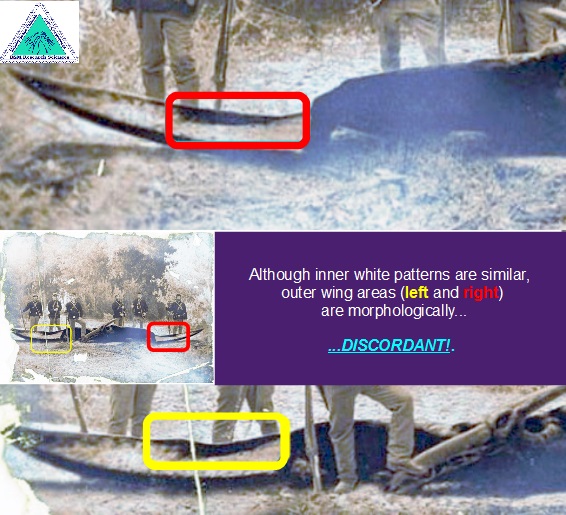
The left and right wings are “morphologically discordant” (Clifford Paiva, Sep-2017)
Since Paiva did the examination that resulted in the above image, he looked further and found confirmations that one wing was not used in creating the other one. In addition, I had already done my own experiment and came to a similar conclusion.
So if two tires are missing from the car, what about the missing engine?
.
No Photoshop hoax! Brush is in front of animal’s body but beak is in front of brush
.
Paiva has also found that the brush under the neck and body of the animal is IN FRONT of the animal in that area but the end of the beak is in front of the brush. This is definitely not from a simplistic Photoshop hoax.
Other problems could be mentioned in the reasoning of Glen Kuban; I’ll leave it at this, for now. Systematic and careful examinations of the “Pteranodon” photograph reveal that the image of the animal was most likely obtained by actual photography from a camera, many decades ago, long before Photoshop existed.
###
.
The scientist Clifford Paiva has uncovered additional evidence that the Civil War pterosaur photograph called “Ptp” is indeed as old as it appears at first glance: It was probably taken before about the year 1870.
.
. . . I started looking deeper, and guess what: The “Pteranodon photo” is actually far more credible as evidence for modern pterosaurs than we had assumed.
.
On January 14, 2017, Clifford Paiva and I spoke by phone and agreed that a photograph we had been studying had a genuine image of a real animal.
.
Living pterosaurs and skeptics
About the long online publication by Glen Kuban
.
- Two scientists have shown that this is a real animal, with wings
- It looks like a Pteranodon, according to some opinions
- The Photoshop-hoax conjecture has been shot down, in different ways
- Criticisms of the appearances of the six soldiers have been answered
- Eyewitnesses, in the 20th and 21st centuries, have seen similar pterosaurs alive
.
The third edition of the nonfiction cryptozoology book Live Pterosaurs in America
.
Books for LDS and for non-LDS readers
- Searching for Ropens and Finding God
- Live Pterosaurs in America
- Modern Pterosaurs
.



